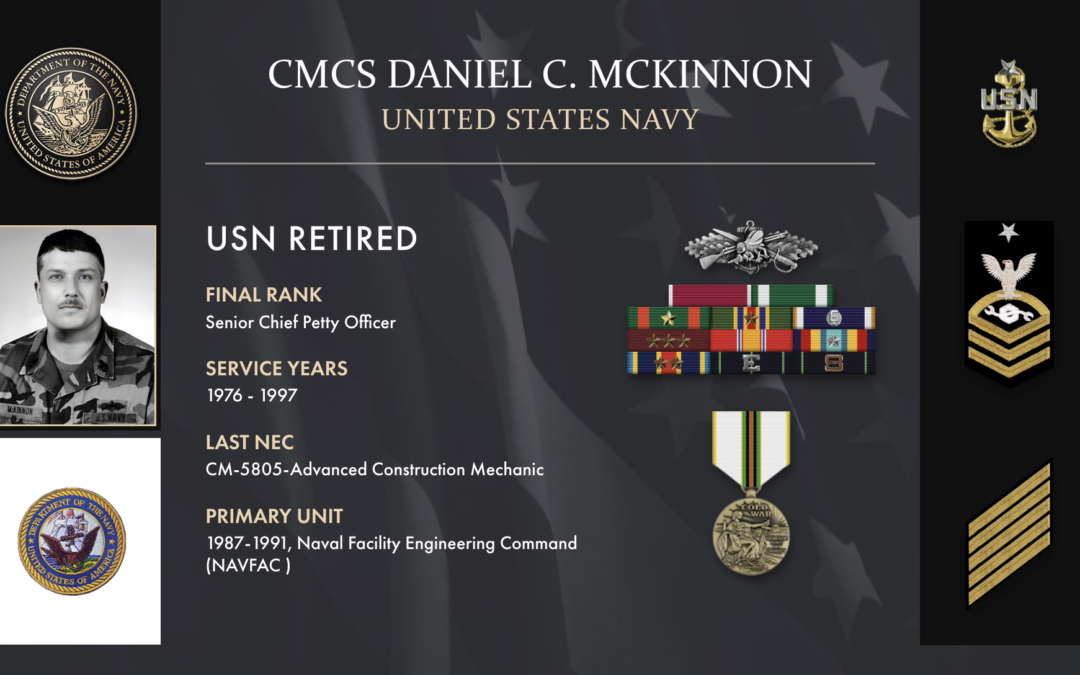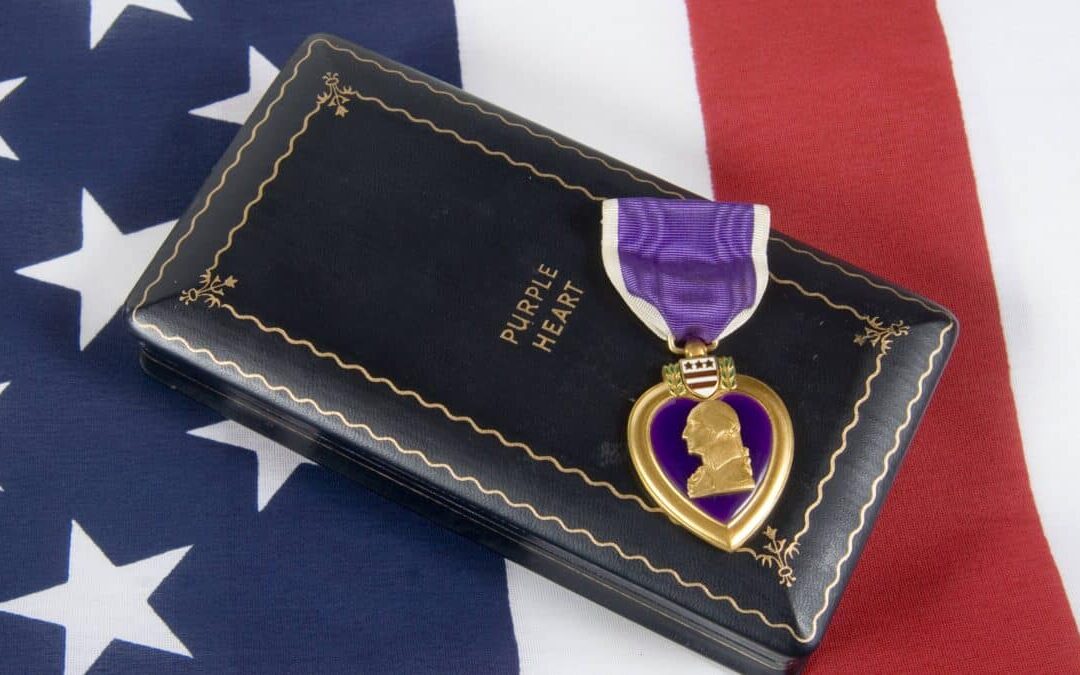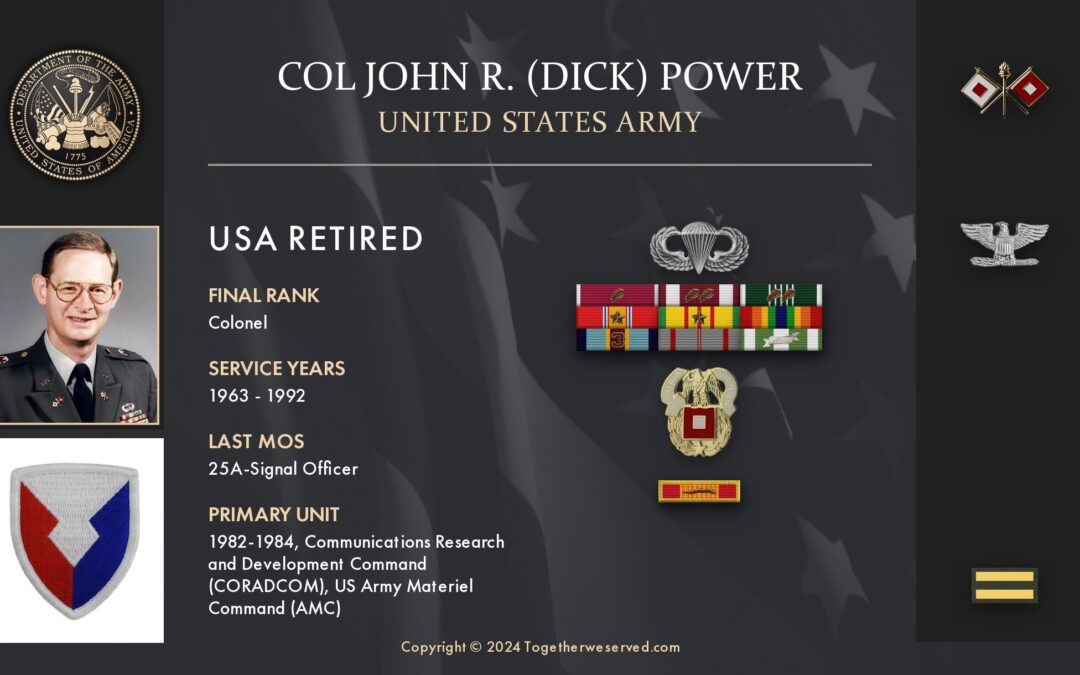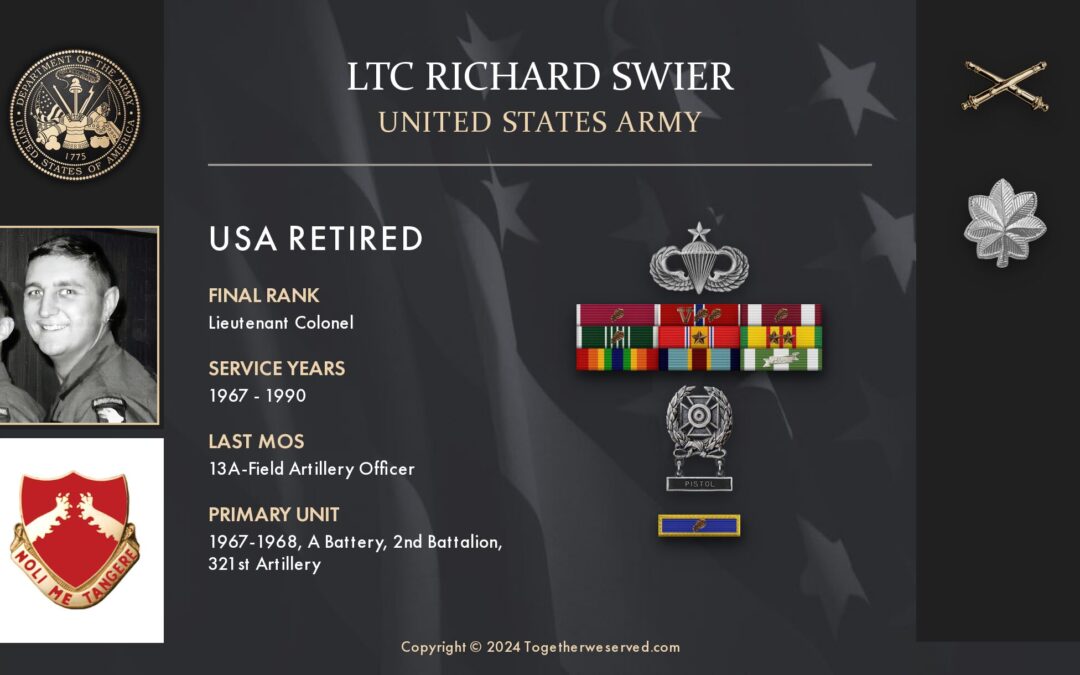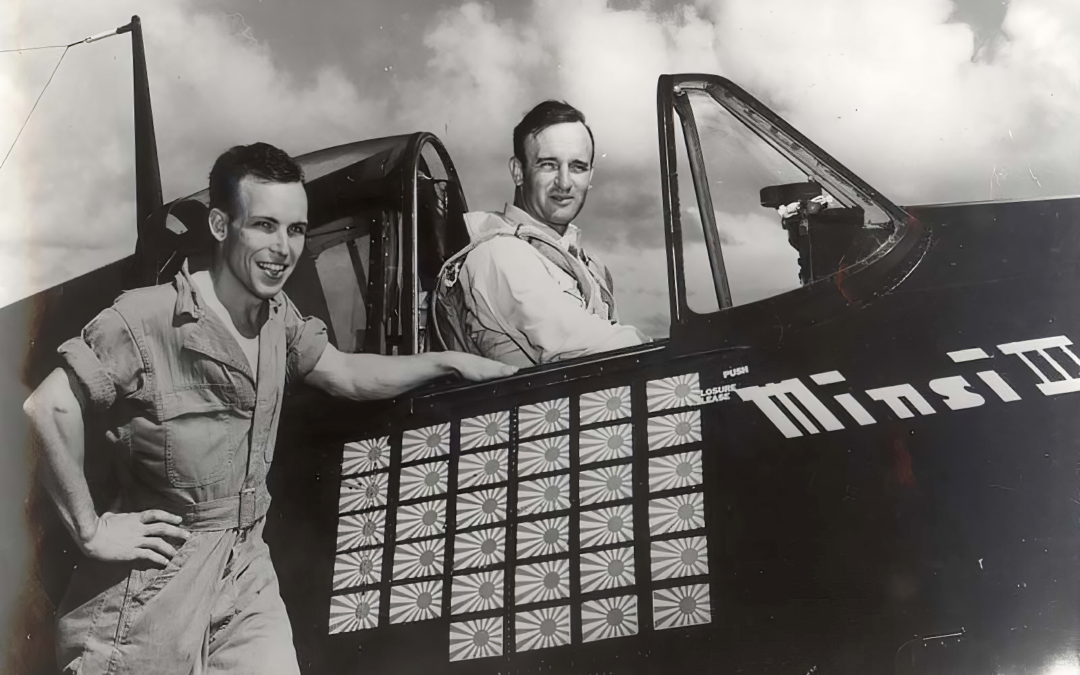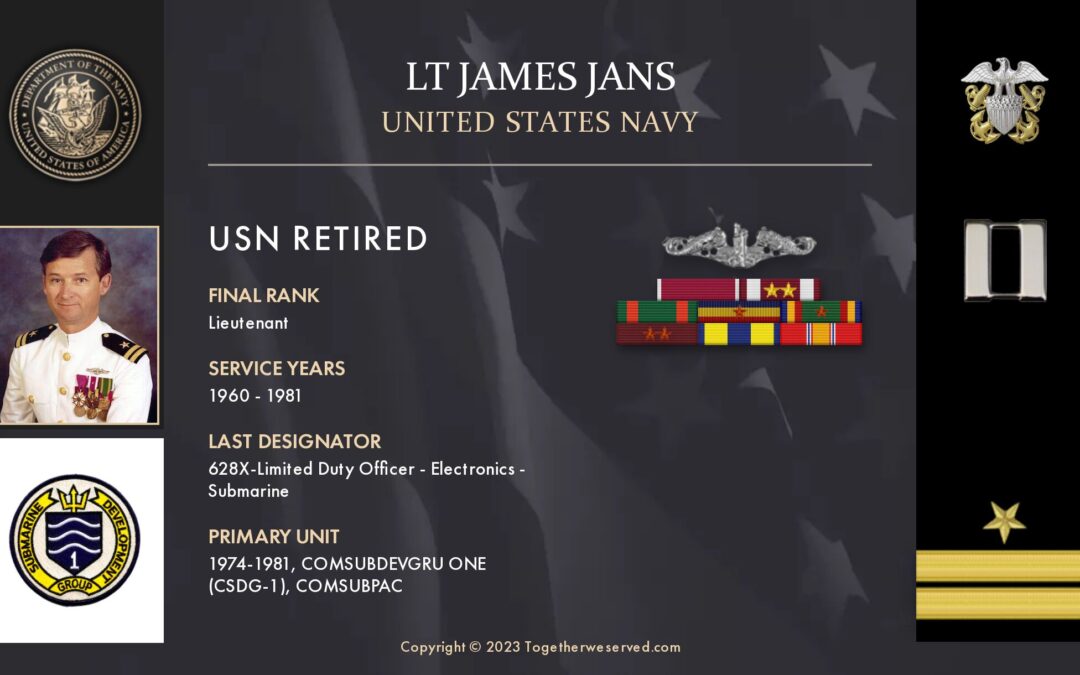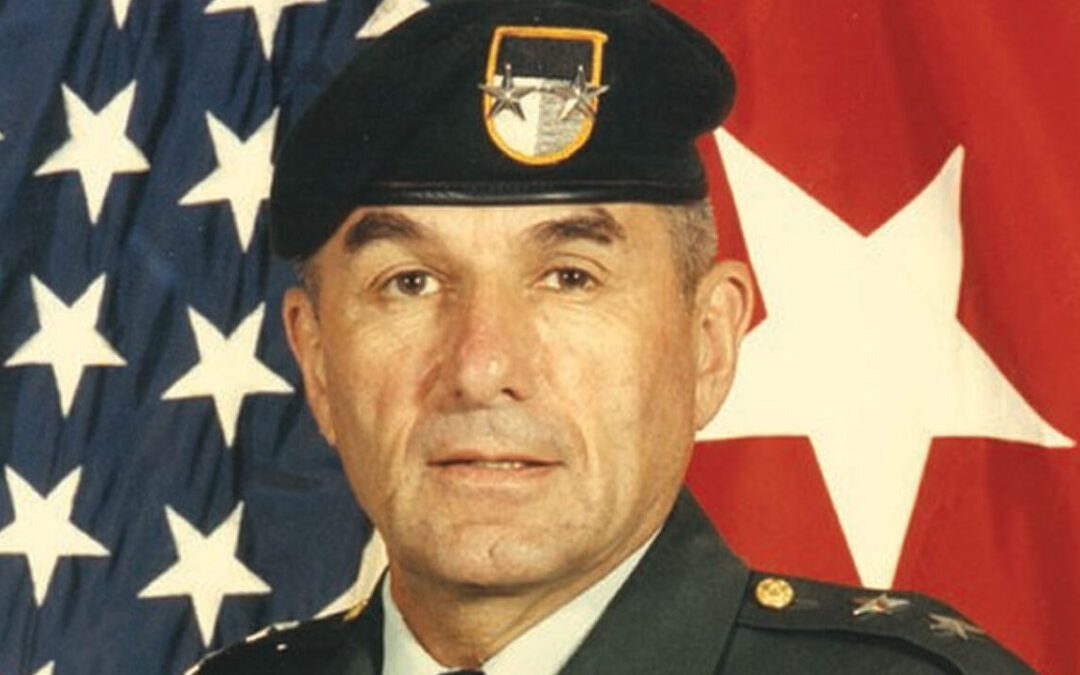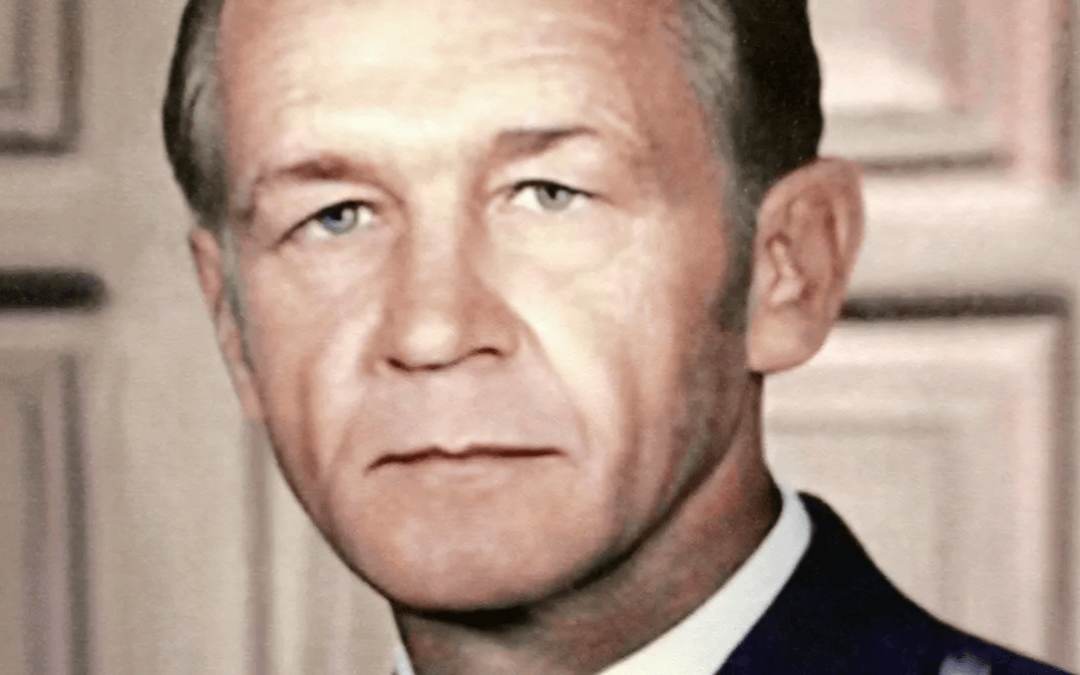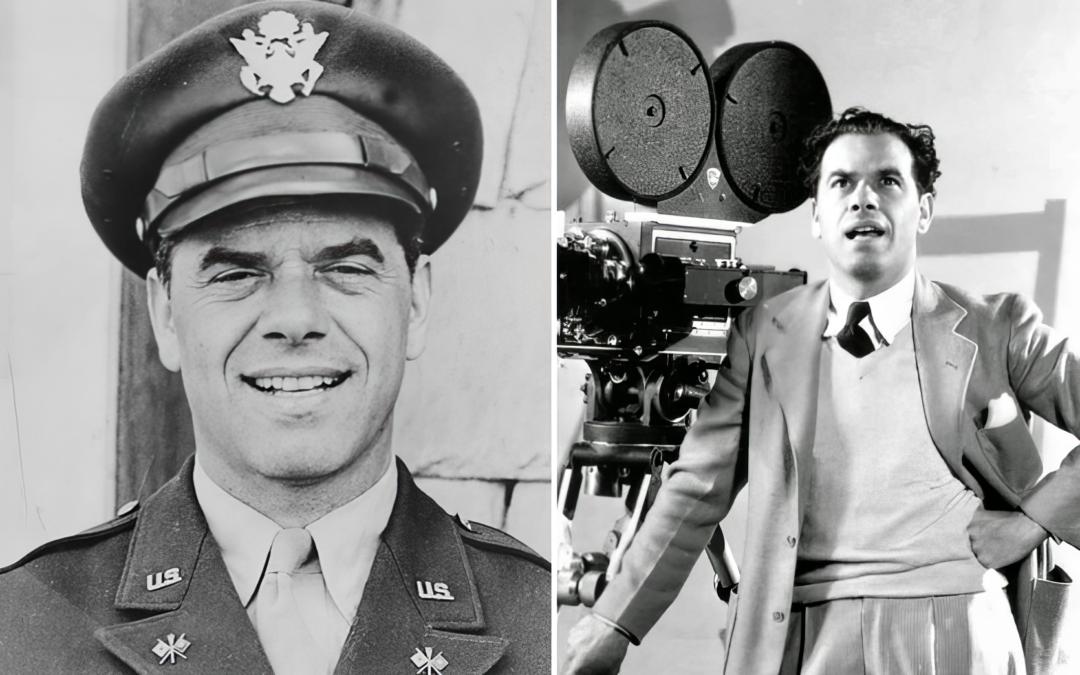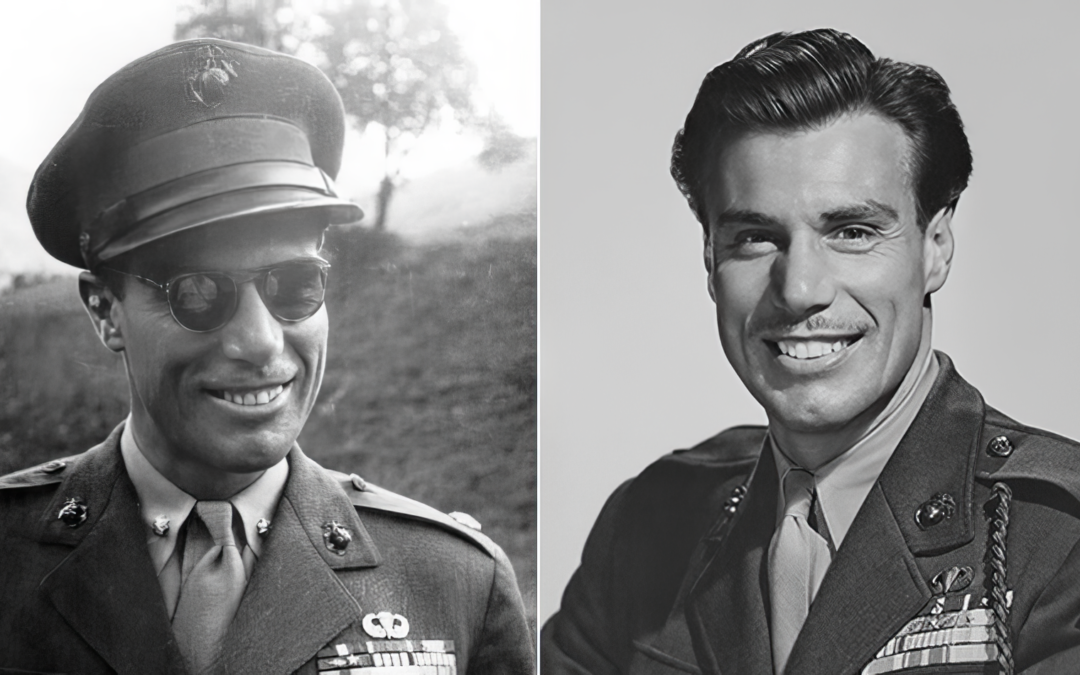My decision to join the Navy was heavily influenced by my stepfather, a seasoned World War II and Korean War Navy veteran who retired as a Boatswain’s Mate First Class (BM1). After my mother remarried, he was transferred from the Navy shipyard in Boston to the Navy shipyard in Portsmouth, Virginia, just when I started high school, and it was not an easy transition for me. During my senior year of high school, his no-nonsense advice was clear: he strongly encouraged me to enlist, telling me to visit the recruiter because, upon graduating from high school, I’d need to leave his house. His experience as a crusty old salt and his ‘firm guidance’ (nice way of saying it) steered me toward a Navy enlistment.
